Crafting Comfort Through Innovation
To honour loved ones with timeless artistry, monumental stonemasons in Melbourne create bespoke tributes carved from enduring stone.
Overhead, commercial fit-outs rely on suspended ceiling tiles design solutions to soften acoustics and conceal services.
At home, aluminium mesh gutter guards keep eaves clear, letting rainwater flow freely while deterring rust and pests.
Together, these varied materials show how thoughtful innovation quietly elevates everyday life.
The Story Etched in Stone
Stone has recorded human milestones for millennia, yet contemporary memorial designers pair age-old craftsmanship with laser-accurate tools. Computer-guided routers sketch delicate scrolls, while water-jet cutters replicate handwritten signatures with stunning fidelity. Families gain a resting place that reflects personal passions—whether that’s a favourite gum tree etched across granite or a verse inlaid with gold leaf. By merging digital precision and human touch, modern stonemasonry proves that progress and tradition can share the same surface.
Overhead Optimisation
Walk into a freshly refurbished library, hospital ward or co-working hub and look up: the ceiling likely hosts a grid of lightweight mineral tiles. Their perforations absorb chatter, allowing soft speech without echo, while hidden voids route cabling, sprinklers and ducts. Decades ago, servicing those networks meant destructive access panels; now each tile lifts with a gentle push, letting technicians diagnose faults in minutes. Fire-rated finishes extend evacuation time, and antimicrobial coatings combat mould—vital in humid coastal regions. What seems like simple decoration is in fact a layered system safeguarding comfort, safety and maintenance budgets all at once.
Defending the Home Envelope
Australia’s mix of bushland and suburban canopy delivers beauty—and endless leaf litter. When debris blocks gutters, downpipes overflow, seeping water into fascia boards and wall cavities. Installing fine-gauge metal screens offers a set-and-forget defence. High-grade aluminium resists salt spray in seaside suburbs, while the mesh aperture balances surface tension: small enough to stop gum nuts, large enough that rain doesn’t bead and spill. Home-owners trade two afternoons of risky ladder work each year for carefree storms and longer roof life. Such a modest upgrade quietly protects structural timber, paintwork and even household health by discouraging mosquitoes.
The Sustainability Dividend
Each of these innovations also lightens environmental footprints. Quarry off-cuts once destined for landfill are now crushed into aggregate for terrazzo floors, closing a resource loop. Ceiling tiles commonly contain recycled glass and plant fibres, and manufacturers increasingly run kilns on renewable electricity. Aluminium requires significant energy to smelt, yet the metal is infinitely recyclable without quality loss; many gutter screens already carry a high recycled content. By embedding circular principles early, designers shift green choices from premium option to sensible default.

People at the Centre
A key thread tying stone markers, acoustic ceilings and roof protection together is empathy. All three aim to ease emotional or physical loads—whether providing a serene place to remember, a workplace that doesn’t amplify stress, or a home free from avoidable leaks. Design research confirms that occupants are calmer and more productive when noise is moderated; likewise, reduced home maintenance correlates with lower injury rates among older residents. In short, material innovation earns its keep when it serves real human needs, not merely aesthetic trends.
Digital Tools, Physical Results
Behind the scenes, Building Information Modelling links architects, engineers and fabricators in one live 3-D file. When a designer specifies a ceiling grid, the digital model automatically checks lighting clash points and sprinkler clearance. Stone workshops import vector artwork directly to engraving machines, eliminating translation errors. Gutter-guard installers measure eaves with laser apps that export cut lists straight to saws. These invisible data pathways shorten lead times, curb waste and let craftspeople focus on finesse rather than paperwork.
Future Directions
What everyday comforts might material science unlock next? Researchers are trialling bio-based resins that bind crushed stone without petrochemicals, giving memorials a lower carbon footprint. Ceiling panels embedded with phase-change materials absorb excess heat in summer and release it overnight, trimming air-conditioning demand. Advances in hydrophobic coatings could make gutter screens self-cleaning, shedding dust so efficiently that rainfall alone keeps apertures clear. Individually, such tweaks seem minor; collectively, they promise buildings that demand fewer resources while delivering richer human experience.
Change rarely announces itself with fanfare. More often, it arrives in quieter maintenance schedules, softer background noise, and the reassurance of a well-preserved tribute. By paying attention to these subtle improvements—from etched granite to metal mesh—we recognise how innovation truly serves us: by turning everyday spaces into safer, calmer, more sustainable places to live, work and remember.















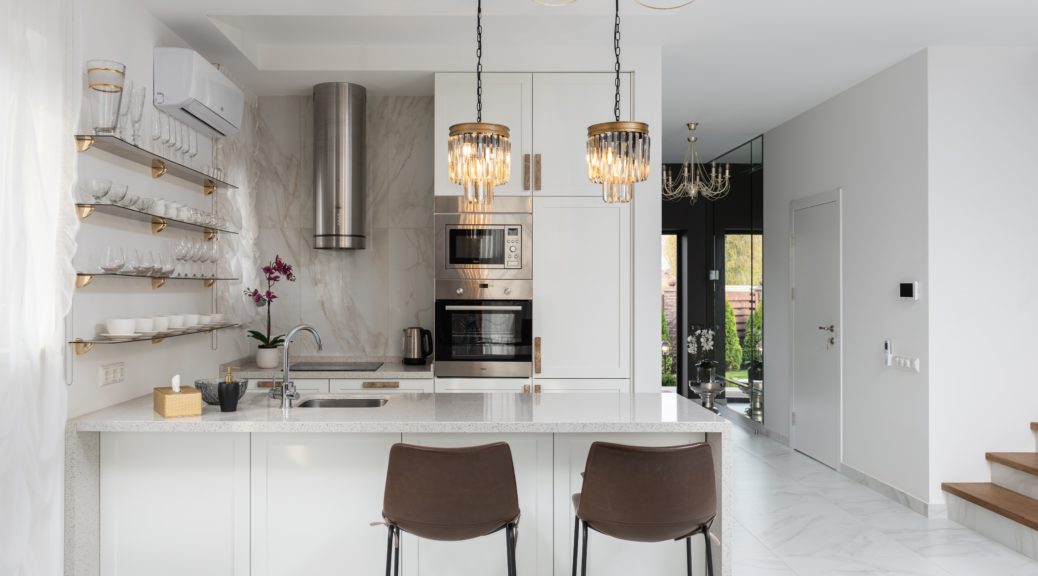
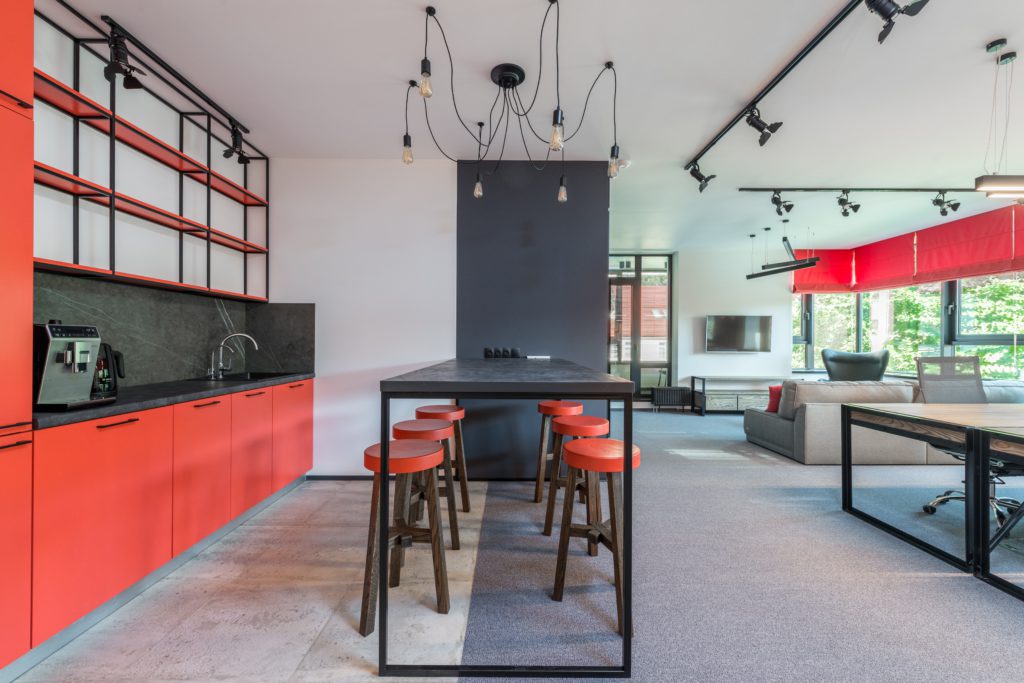


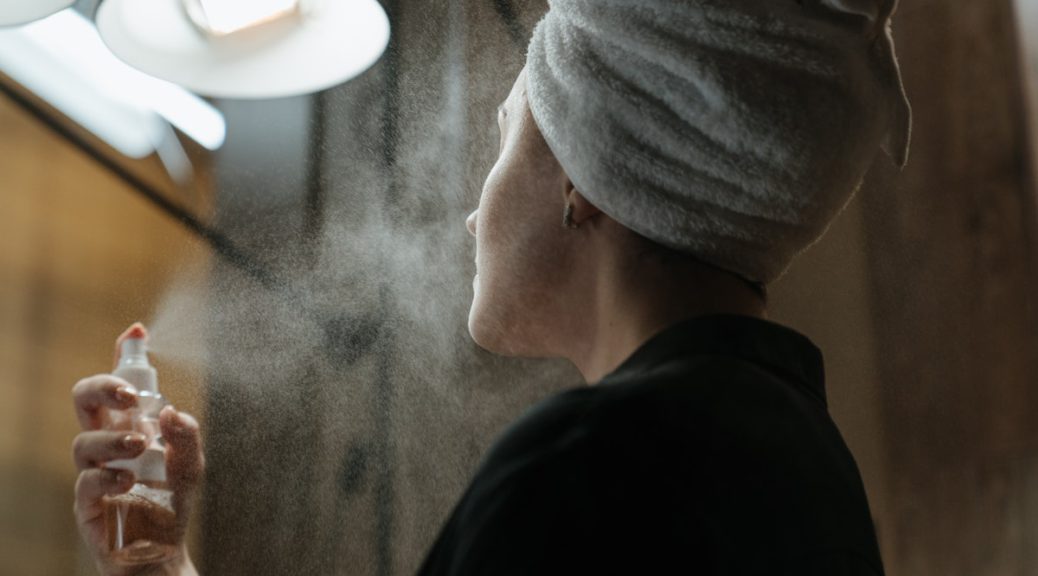




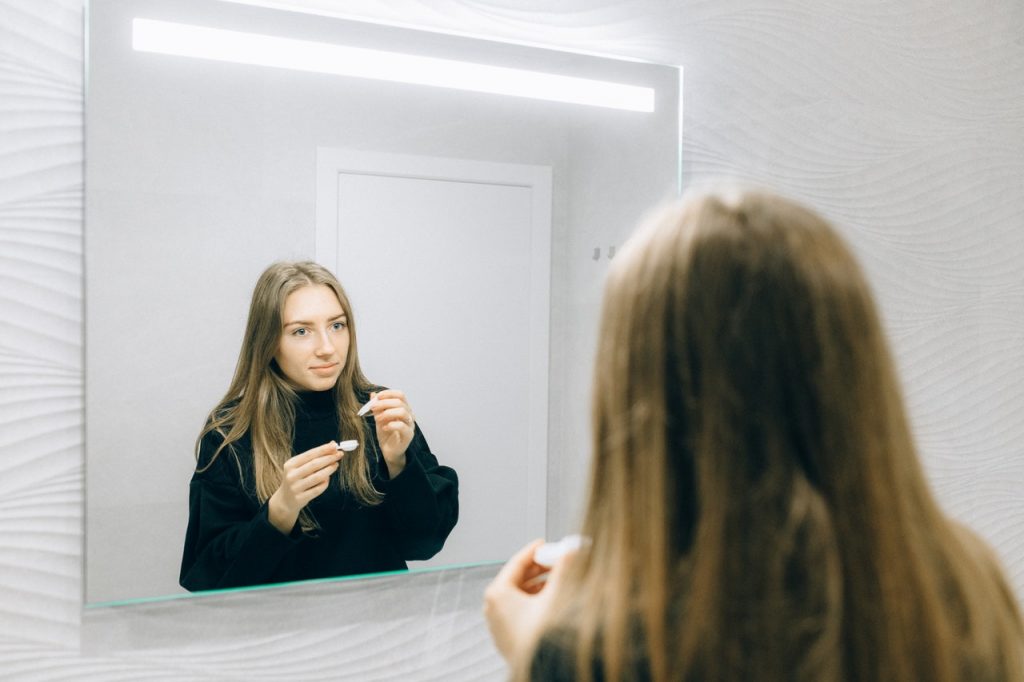

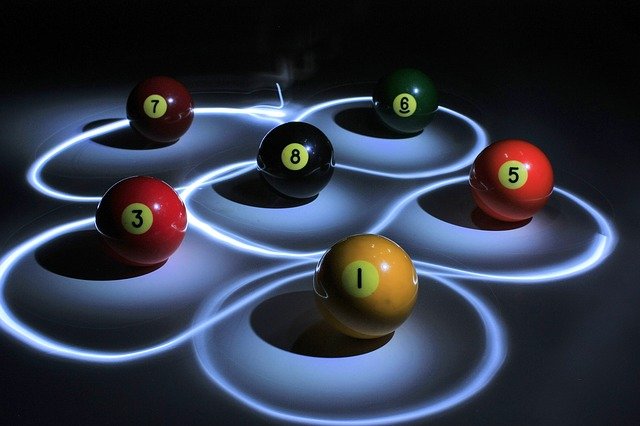
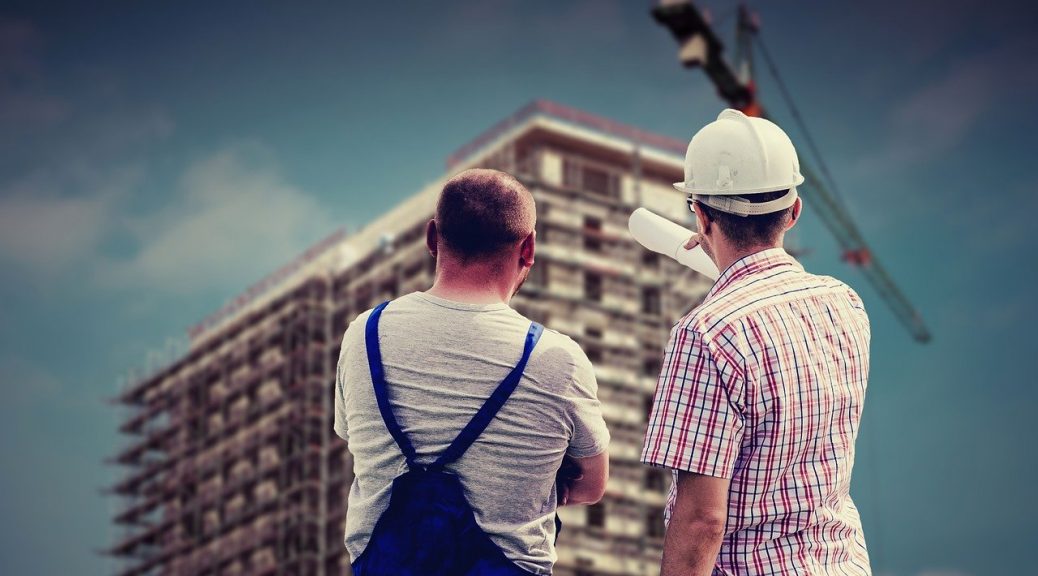
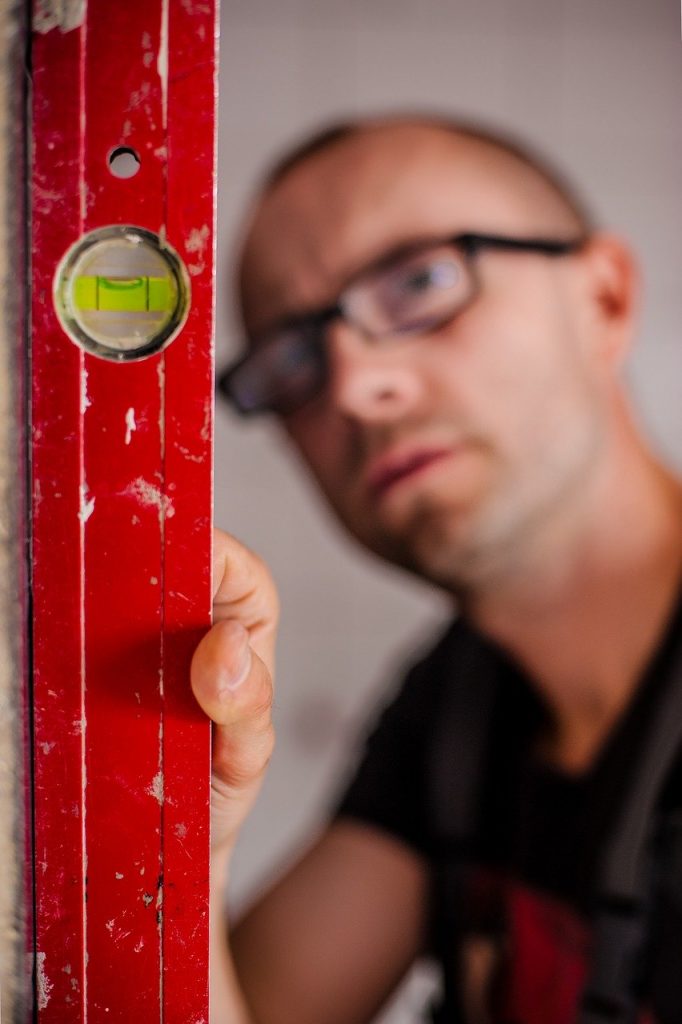


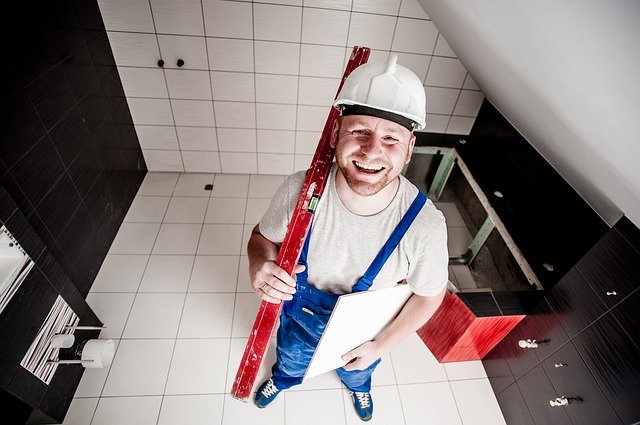
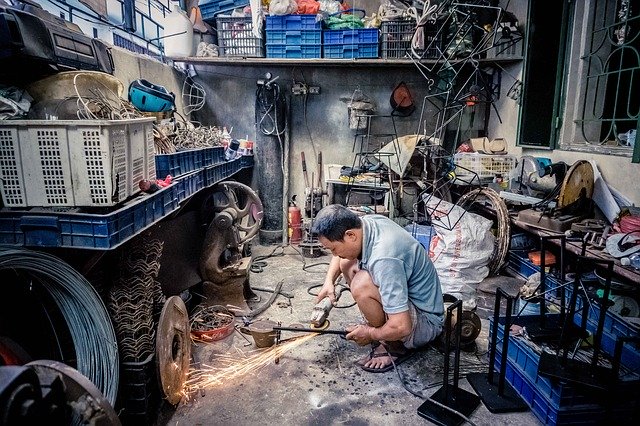






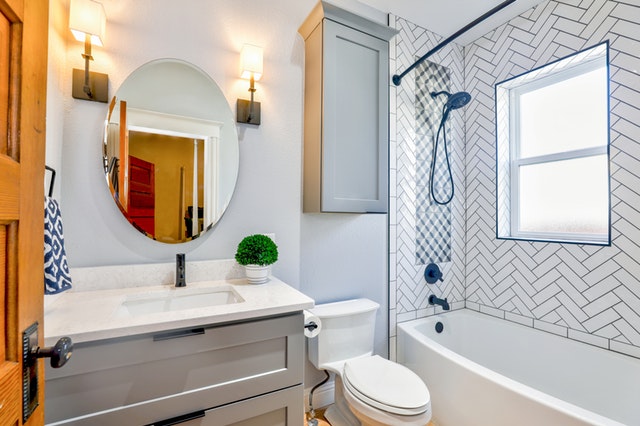
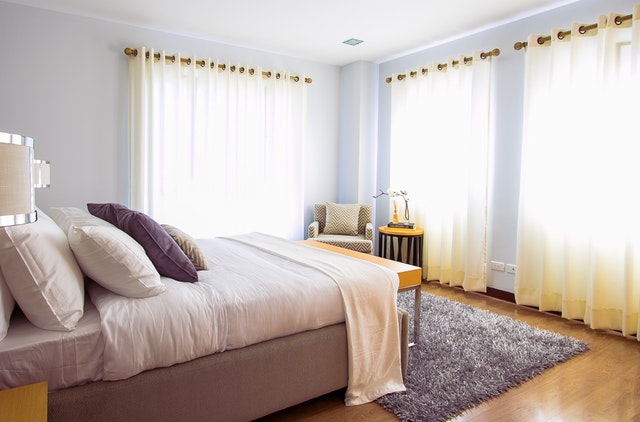






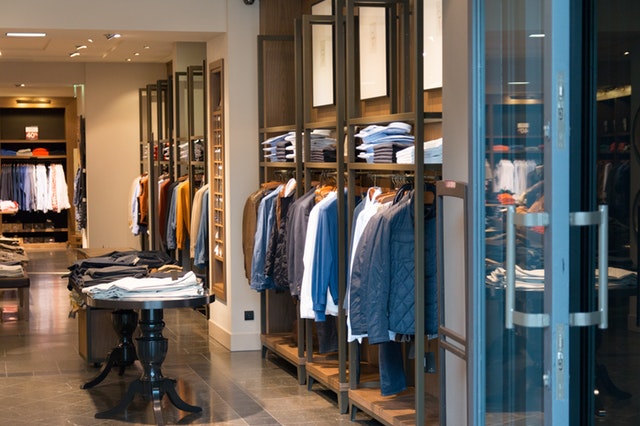

 or order a custom print of your favourite photograph. The internet has a variety of prints readily available of more expensive pieces for you to have for yourself.
or order a custom print of your favourite photograph. The internet has a variety of prints readily available of more expensive pieces for you to have for yourself.
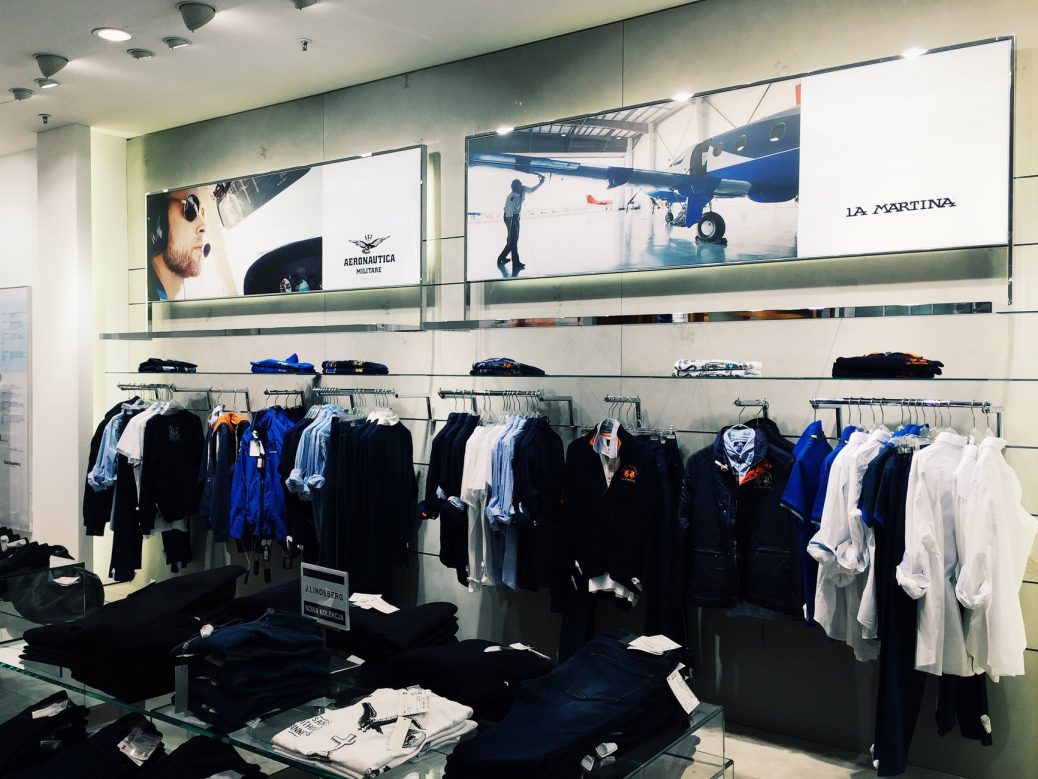



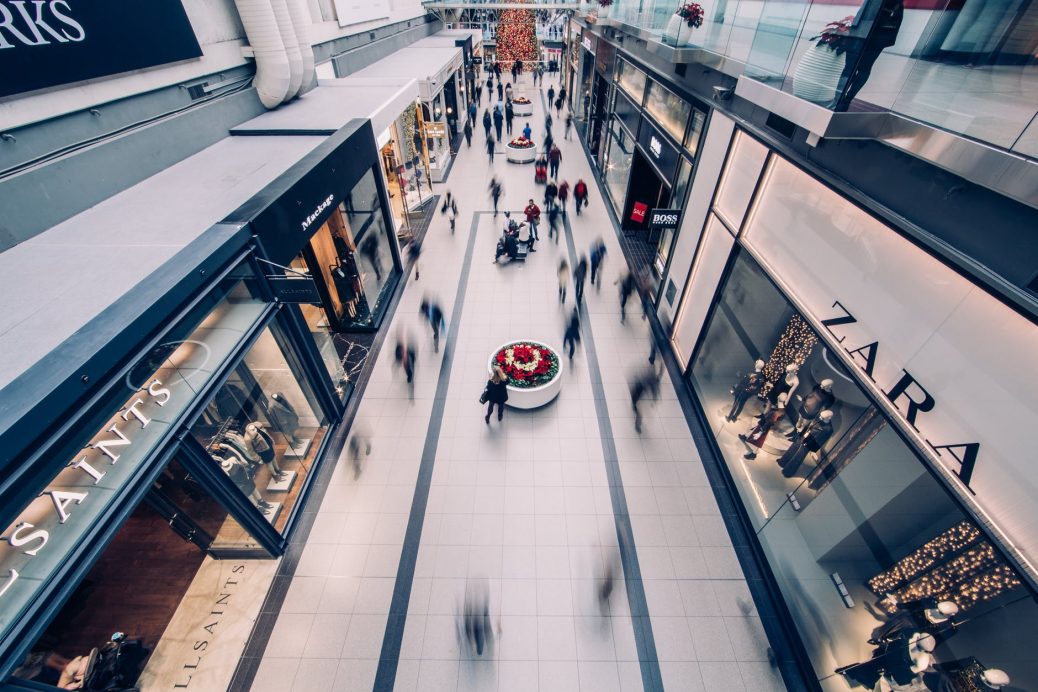 Shopping Centres are often owned by one entity and have centralized heating or cooling, based on the weather and the place in which the mall is situated. Malls are also car-friendly and therefore are associated with having big parking areas in an underground parking lot or an adjacent construction. Shopping centres often have food courts or dining areas, and many distinct retailers from department stores to specialty stores and services. Merchandise sold includes apparel, footwear, jewellery as well as food services and other services such as banks and internet providers.
Shopping Centres are often owned by one entity and have centralized heating or cooling, based on the weather and the place in which the mall is situated. Malls are also car-friendly and therefore are associated with having big parking areas in an underground parking lot or an adjacent construction. Shopping centres often have food courts or dining areas, and many distinct retailers from department stores to specialty stores and services. Merchandise sold includes apparel, footwear, jewellery as well as food services and other services such as banks and internet providers.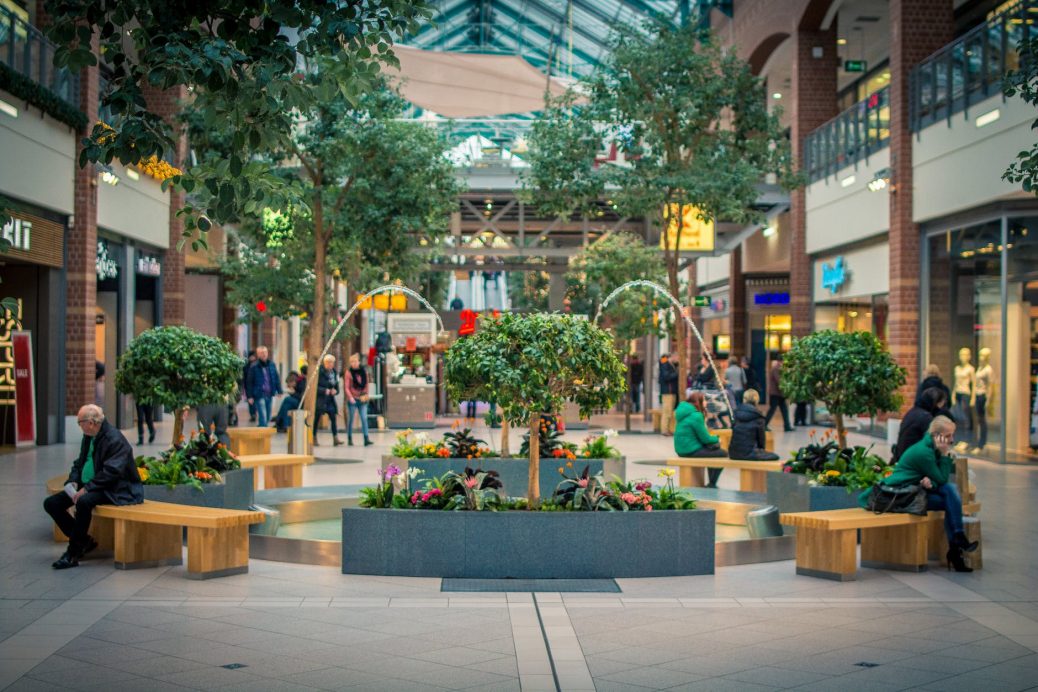
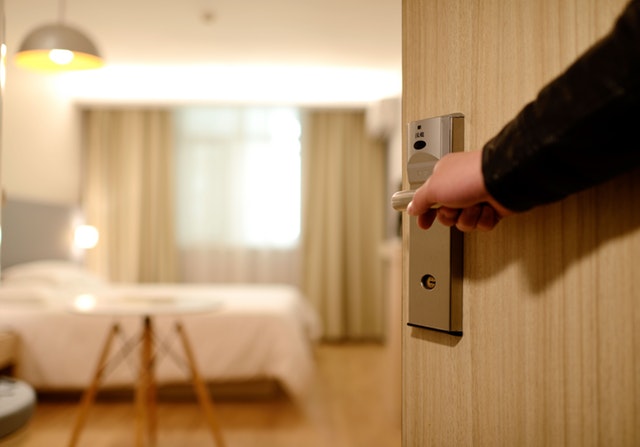 traditionally been very strong and resistant to change but Airbnb has now changed all of that.
traditionally been very strong and resistant to change but Airbnb has now changed all of that.